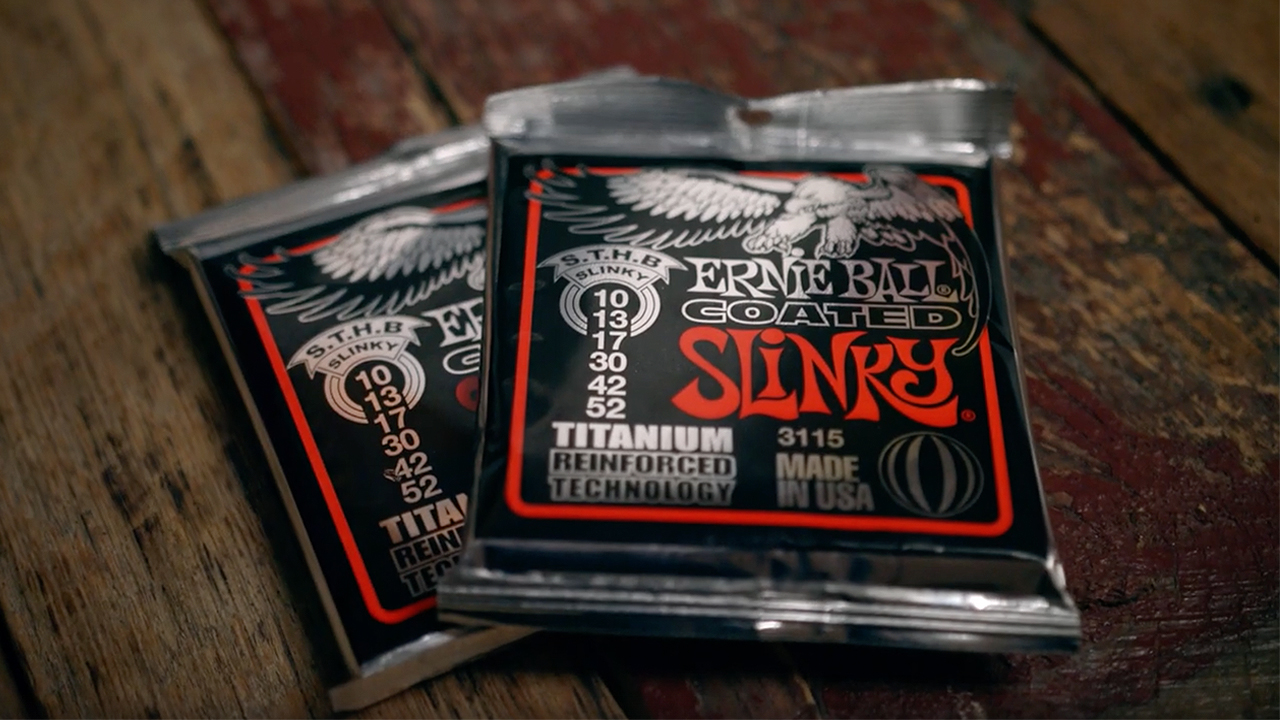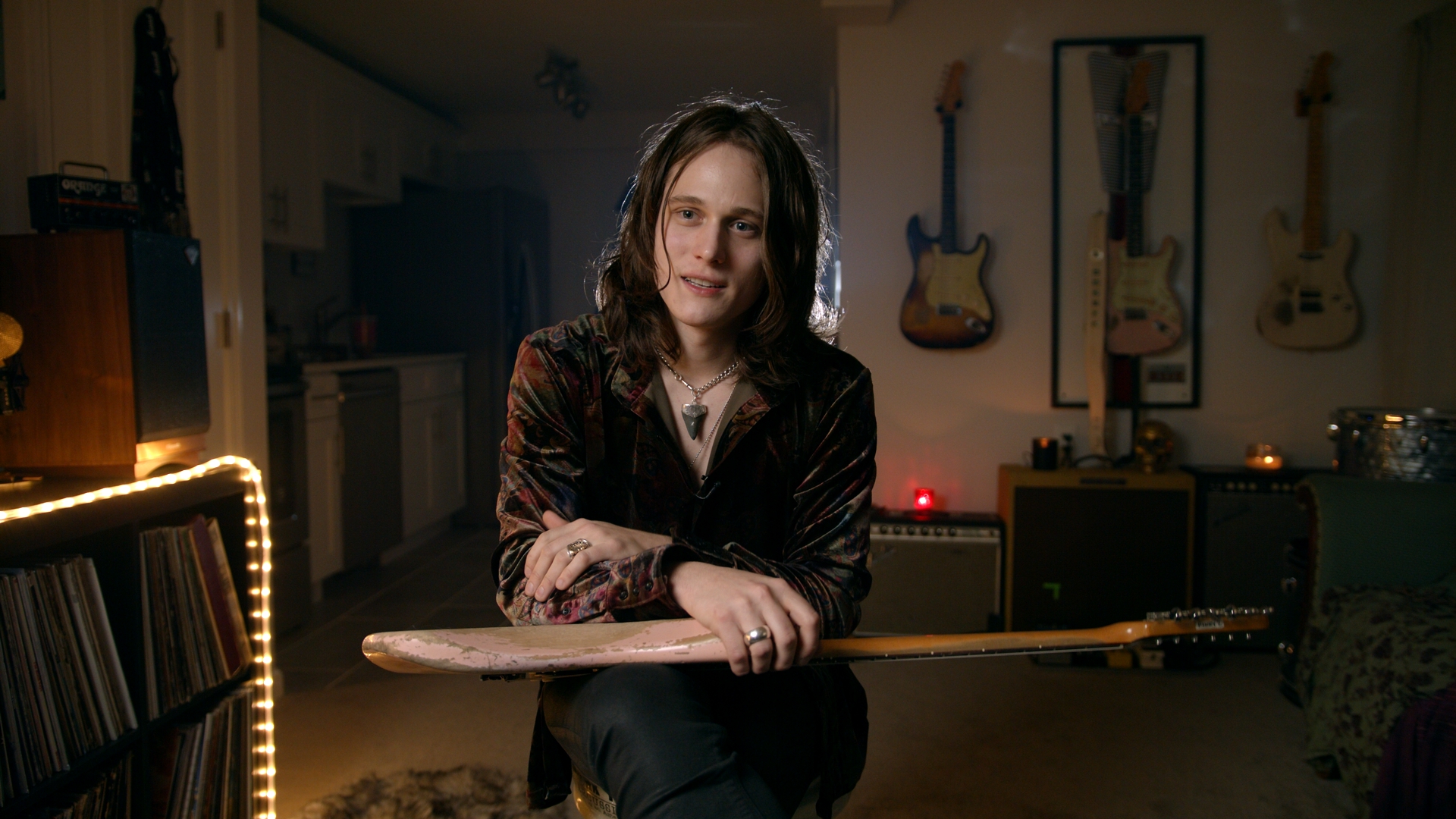Ernie Ball String Theory is a web series that explores the sonic origins of some of music’s most innovative guitar players. In this episode, we speak with Tyler Bryant about his history with the blues and early influences, his humble journey making it into the music industry, and what inspires him today. Find out the top six things we learned below…
1. Rock and roll and the blues are one in the same. (1:22)
TB: It started out as, “I want to play the blues. I want to feel the blues. I want to make people feel the blues.” Then as I got older, I saw The Black Crowes. Then I realized that they were playing the blues with longer hair and more distortion and a little louder. So I said, “Oh, rock and roll kind of is the blues.” I was always bummed out as a kid that I couldn’t make my friends get into Freddie King or Lighting’ Hopkins the way that I was into it. So I thought, “Man, I’ll play rock and roll, and I’ll trick them into listening to the blues.” Like it was sort of this scheme that I’d created in my head.
2. The moment Tyler realized he wanted to be a songwriter. (2:01)
TB: When I was 17, I moved to Nashville, which is a songwriting town. I started trying to write songs. I thought I was going to be a songwriter for other people. I would go to restaurants and sit there and try to strike up conversations with people, hoping I would run into someone who would be looking to play drums in a band or looking to be a bass player. Then I met a drummer named Caleb Crosby, who I’ve been playing with ever since. We started a band called The Shakedown, and I realized I was writing songs for myself. The priority started changing once I realized, “Oh, I want to be a songwriter. I want to be a front man.”
3. The need to work with integrity everyday. (4:20)
TB: I have to be able to look myself in the mirror before going to sleep and go, “I like you. You’re working from a place of integrity.” If you don’t have a choice, you have to bet on yourself and you also just have to be open and see what works.
4. The beauty of simplicity. (6:19)
TB: When you’re playing these huge outdoor venues sometimes like shredding, shredding, shredding doesn’t translate as much as just hitting an A chord with all your might. It forced me as a songwriter to focus on the songs. What is going to get these people who don’t know us to sing with us? I think a lot of that was just leaning into simplicity.
5. Tyler goes custom with his Ernie Ball strings. (7:56)
TB: I started doing custom gauges from Ernie Ball early on where I was doing 10, 13, 17, 30, 44, 54. I was like, “You know what? I’m just going to do the 52.” And I’ve gotten so used to just doing the 10-52. That’s what I’ve been using for a really long time. The resonator I take out with The Shakedown is normally in open G. I have stepped down. I’ve been told by a lot of people that I should put the Ernie Ball electrics on that, but I like the acoustics on it better.
6. Keep creating and keep staying inspired. (9:44)
TB: I think my goal as an artist is just to keep pushing myself, to keep creating. You know, I come down here pretty much every day when I’m home and try to make something. Whether it turns into a song or it’s just a track that I spend hours on that then I just jam over and then I’m done with and don’t ever listen to again. I think the goal is just to keep creating and to keep staying inspired. This music brings me a lot of joy and I just want to keep experiencing that and sharing that with other people.
Strings
Tyler Bryant gets his signature sound using Skinny Top Heavy Bottom Coated Titanium RPS electric guitar strings.

String Theory
Check out similar String Theory films from Ernie Ball featuring artists such as Larkin Poe, Jason Isbell, Don Felder, Clay Cook of Zac Brown Band, and Kenny Wayne Shepherd.


